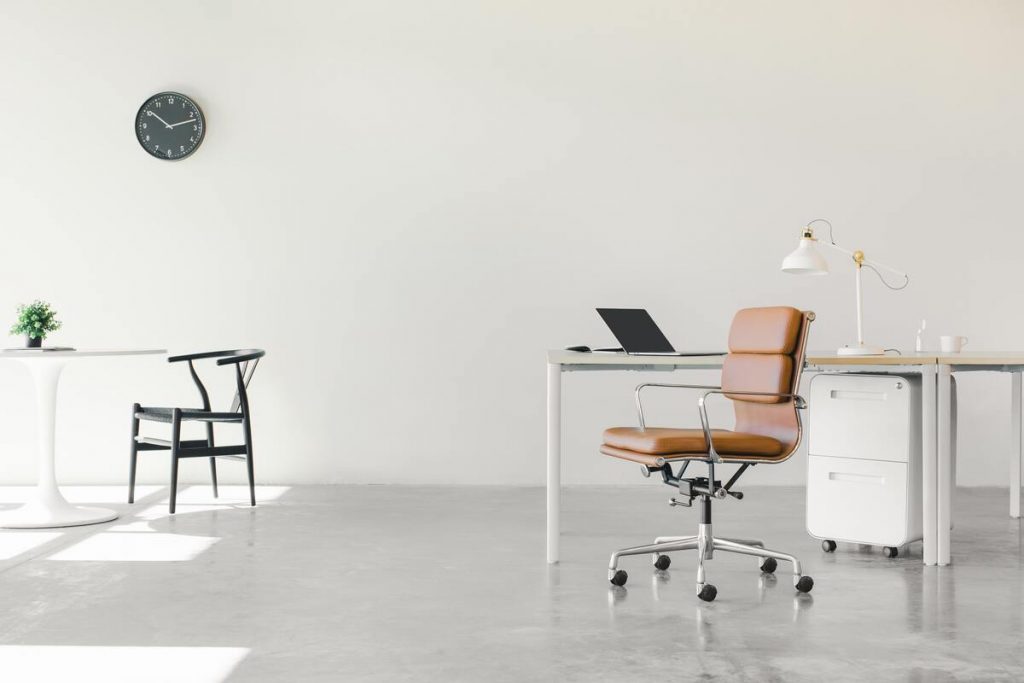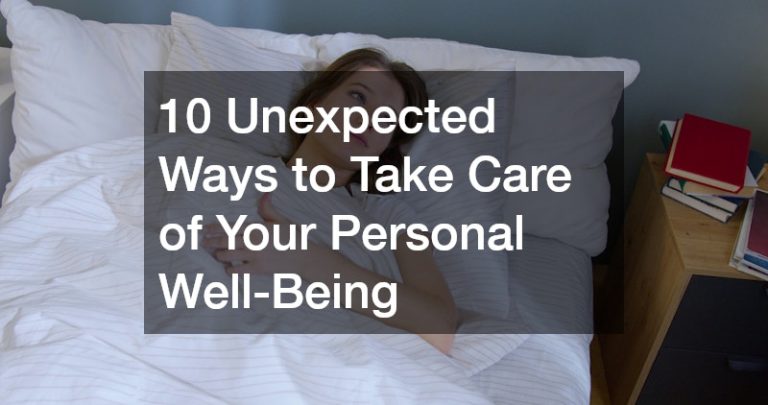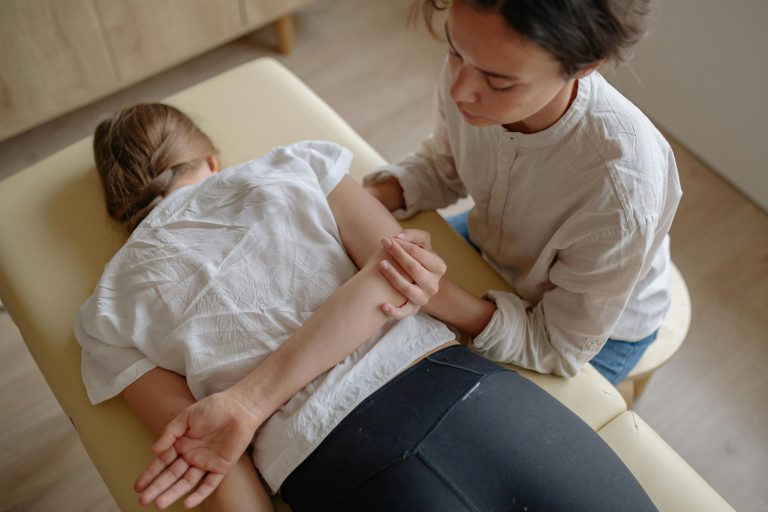Lately, with the integration of work from home and remote learning, a new buzzword has been going around the internet: ergonomic. Generally, the content associated with this word involves avoiding certain pains that may develop from improper posture.
What Is Ergonomics?
According to the Chartered Institute of Ergonomics & Human Factors, “Ergonomics is the scientific discipline concerned with the understanding of interactions among humans and other elements of a system.” It also involves the optimization of designs and objects to improve a person’s well-being.
Ergonomics utilizes several areas of science to make life a little more comfortable. Its application is everywhere. Although ergonomics is not always evident, the world should thank it for making lives easier.
Every time a product packaging makes opening a little easier, that’s ergonomics doing its magic. When a product is easier to grip, that’s also ergonomics. Today, there’s also an ergonomic keyboard that follows the natural slanting of a person’s hands while typing.
How Can Ergonomics Help with Body Pain?
Most adults spend most of their time working on a desk–or the dining room table or a table at a coffee shop. Sometimes, they tend to slouch. As a result, they suffer from pains in their back, neck, or wrists.
For some, the pain feels worse. Others have to undergo scoliosis treatment in adults to alleviate the pain. Some people also develop carpal tunnel syndrome.
In the workplace, investing in ergonomic items can already contribute to an employee’s well-being. These items help them fix their posture and prevent them from sustaining harmful positions for extended lengths of time.

The Proper Posture
Even at such a young age, parents and teachers have emphasized the importance of good posture. Good posture makes people look confident, and it just looks better than slouching. However, on a more important note, good posture saves the body from discomfort. It relieves the body of back pain and neck pain, among other things.
When the back pain starts saying ‘hello’ as people get older, they wish they’d followed the ‘good posture’ advice. It’s not too late, though. Adults can start making a habit of having good posture at work or home while they spend hours finishing their tasks for the day.
This is how good posture should look like while sitting down:
- Elbows should be at a 90-degree angle.
- Wrists should be flat and not craning above the edge of the keyboard.
- Knees should also be at a 90-degree angle.
- Torso and thighs should form a 90-degree angle at least and 100 degrees at most.
- The back should be straight up to the neck.
- The feet should be flat on the floor. If the feet can’t reach the floor, don’t let them hang.
How Your Workspace Helps with Posture
Maintaining good posture is difficult when your surroundings are built for you to slouch. It’s important to set up your workspace so that everything is positioned and designed to help you with your posture.
Here are a few tweaks and items to add to your desk for a more ergonomic workplace:
- Standing desk. An adjustable standing desk is nifty because you can make sure your elbows are at a 90-degree angle even when you’re sitting down. It’s also convenient because you won’t need to transfer from one desk to another when you want to work while standing up.
- Laptop stand or a monitor mount. Your screen or monitor should be at eye level to avoid looking down or slouching while you’re working. You can elevate your laptop using a laptop stand or office supplies such as books, binders, or a thick pile of bond paper. If you’re using a monitor, a desk mount makes the height adjustable without drilling holes into the wall.
- Keyboard. An elevated laptop is difficult to type on. A separate keyboard would be helpful to keep the elbow resting on the table and keeping the 90-degree angle.
- Wrist rest. To avoid craning the wrist to reach the keyboard, a wrist rest keeps the wrist flat.
- Footrest. If your feet are hanging from the chair, place your feet on a footrest. This ensures that your knees are at a 90-degree angle.
- Small pillow for the lower back. While this is optional, a cushion increases your comfort while taking care of your lower back.
The Takeaway
Having an ergonomic workspace saves you from a lot of body pain. While you’re at work, keep an eye on your posture. Remember to keep your back straight and your screen at eye level. If you need to buy extra equipment, think of them as an investment for your well-being.






